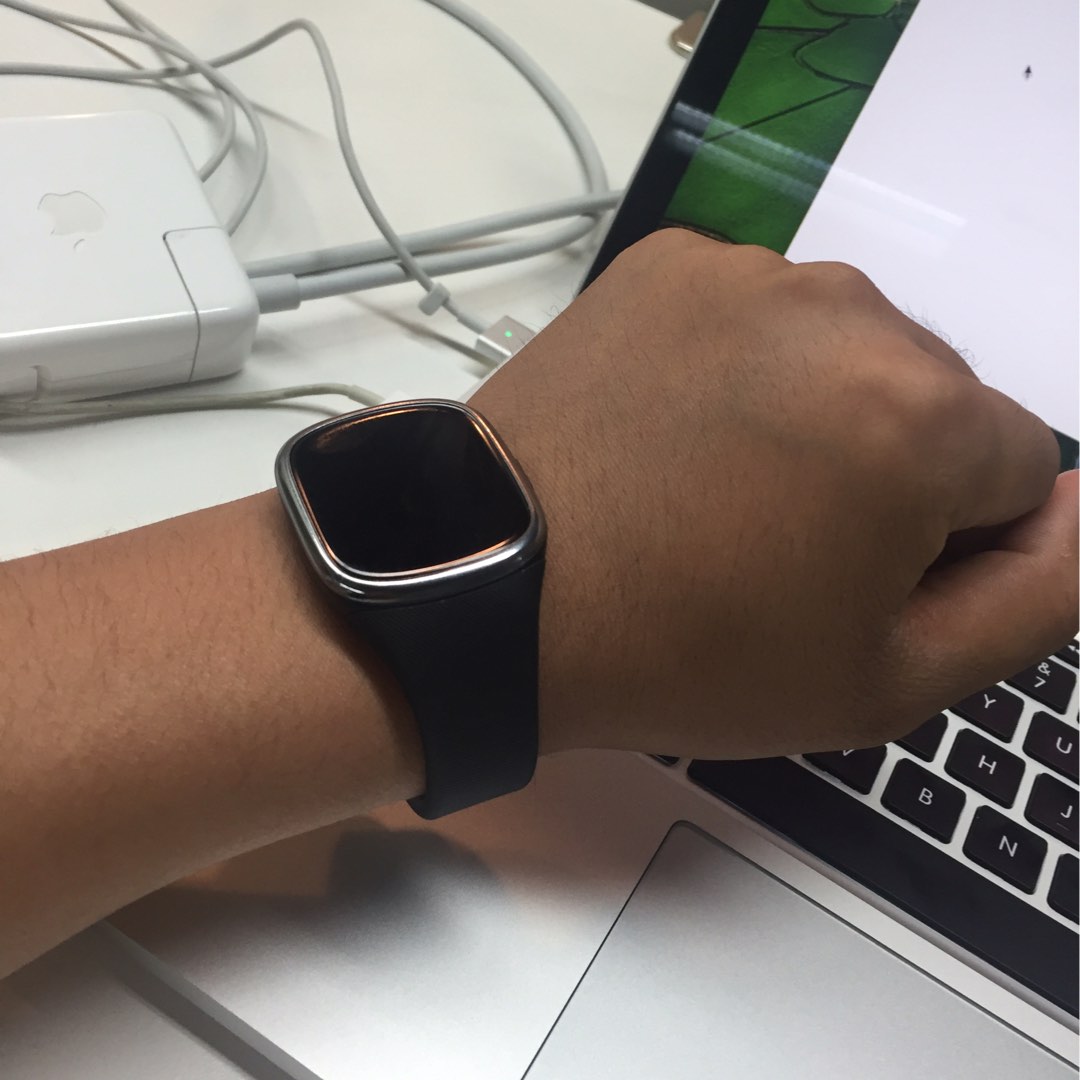作为头像写入数据存储并附加图像:可能吗?
有人处理过收到的电子邮件中的附件吗?我在想,用户可以不上传图像,而是将其作为附件发送,我可以用它上传到数据存储。
该文档有发送附件,但我找不到任何文档关于接收附件。 此页面显示:
附件
消息的文件附件,作为二值元组的列表,每个附件一个元组。
每个元组包含一个文件名作为第一个元素,文件内容作为第二个元素。
附件文件必须是允许的文件类型之一,并且文件名必须以与该类型对应的扩展名结尾。有关允许的类型和文件扩展名的列表,请参阅概述:附件。
我认为这也与发送电子邮件有关。
我有以下代码将图像保存到数据存储区:
class AvatarSave(webapp.RequestHandler):
def post(self):
q = User.all()
q.filter("userEmail =", emailAddress)
qTable = q.fetch(10)
if qTable:
for row in qTable:
avatar = images.resize(self.request.get("img"), 50, 50)
row.avatar = db.Blob(avatar)
db.put(qTable)
else:
self.response.out.write("user not found")
self.redirect('/')
直观上,似乎 message.attachment 而不是 "img" 可以解决问题。
avatar = images.resize(self.request.get(message.attachment), 50, 50)
你怎么认为?谢谢。
Update2(新代码作为对 Nick Johnson 评论的回应)
class Register(InboundMailHandler):
def receive(self, message):
senderEmail = message.sender
emailTuple = parseaddr(senderEmail)
emailUserName = emailTuple[0]
emailAddress = emailTuple[1]
newAvatar = db.Blob(images.resize(goodDecode(message.attachments[0][1]), 50, 50))
newUser = User(userEmail=emailAddress,
userName=emailUserName,
avatar=newAvatar)
db.put(newUser)
Update1 问题已解决:
作为记录,对于任何有相同问题的人,请注意 邮件属性是附件而不是附件:
message.attachment
给出AttributeError
AttributeError: 'InboundEmailMessage' object has no attribute 'attachment'
并且对象message.attachment看起来像这样:
[('portrait.png', <EncodedPayload payload=#8461006914571150170 encoding=base64>)]
所以提取
avatar = images.resize(goodDecode(message.attachments[0][1]), 50, 50)
我发布的原始代码
avatar = images.resize(goodDecode(message.attachments[1]), 50, 50)
,显然它不起作用。
再次感谢 jesmith 和 Robert Kluin 的解答。
Update0(关于jesmith的回答)
在我的例子中,我从用户上传的表单中获取图像“img”并写入它像这样的数据存储:
for row in qTable:
avatar = images.resize(self.request.get("img"), 50, 50)
row.avatar = db.Blob(avatar)
db.put(qTable)
self.redirect('/')
else:
logging.info("else user not found")
self.redirect('/user-not-found')
在您的代码中,这对应于本节,我相信:
try:
if hasattr(message, "attachment"):
for a in message.attachments:
msg.attachmentNames.append(a[0])
msg.attachmentContents.append(append(db.Blob(goodDecode(a[1])))
msg.put()
except:
logging.exception("exception decoding attachments in email from %s" % message.sender)
假设在我的情况下,只有 1 个附件;如何获取附件的数据部分?
是 message.attachment[1] 吗?
avatar = images.resize(message.attachment[1], 50, 50)
message.attachment[1] 数据是附件的一部分吗?
谢谢!
如果你对这篇内容有疑问,欢迎到本站社区发帖提问 参与讨论,获取更多帮助,或者扫码二维码加入 Web 技术交流群。

绑定邮箱获取回复消息
由于您还没有绑定你的真实邮箱,如果其他用户或者作者回复了您的评论,将不能在第一时间通知您!


发布评论
评论(3)
这是我使用的传入邮件处理程序的片段:
请注意,goodDecode 是我编写的一个函数,因为底层 GAE 解码中存在错误(它将所有内容都小写,从而修改了 Base64 编码的文本):
这可能不再是必要的了,因为我很确定他们修复了这个错误。
就我而言,我将附件填充到数据库中:
当我想显示这封电子邮件时,我使用这个:
附件处理程序是:(
所以,基本上,我让浏览器弄清楚如何处理附件。)
希望这有帮助!
This is a fragment from an incoming mail handler I use:
Note that goodDecode is a function I wrote because there was a bug in the underlying GAE decode (it lowercased everything, which munged base64-encoded text):
This is probably not necessary any more, because I'm pretty sure they fixed that bug.
In my case, I'm stuffing the attachments into the database:
When I want to show this email, I'm using this:
The attachment handler is:
(So, basically, I'm letting the browser figure out what to do with the attachments.)
Hope this helps!
查看电子邮件文档中的处理传入电子邮件部分,它解释附件属性。
因此,您将需要类似的内容:
当用户附加多个图像时,您将需要决定如何处理这种情况。这将仅使用最后一个附件。
Review the Handling Incoming Email section in the email docs, it explains the attachments attribute.
So you are going to want something like:
You will need to decide how you want to handle the case when a user attaches more than one image. This will simply use the last of the attachments.
是的,针对您的后续行动:
是的,但是你需要解码它。否则,您只会得到一大堆 ASCII 字符(在电子邮件中,附件始终编码为 7 位、短行、1975 年安全格式,例如 base64)。
并且不要忘记在它周围使用大量的 try-catch 逻辑,因为 GAE 中的邮件内容很容易引发大量异常。
Yes, in response to your follow-up:
Yes, but you need to decode it. Otherwise, you'll just get a big blob of ASCII characters (in emails, attachments are always encoded into a 7-bit, short line, 1975-safe format, such as base64).
And don't forget to use lots of try-catch logic around it, because the mail stuff in GAE is prone to throwing lots of exceptions.